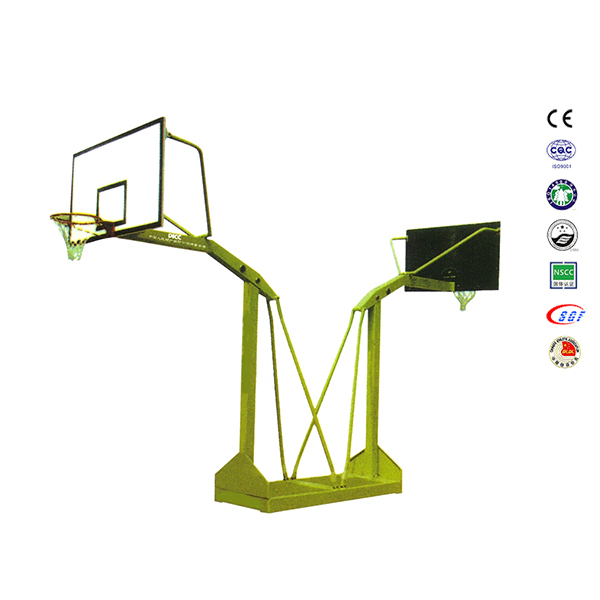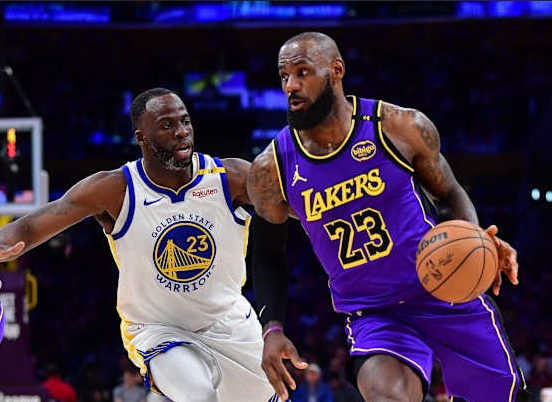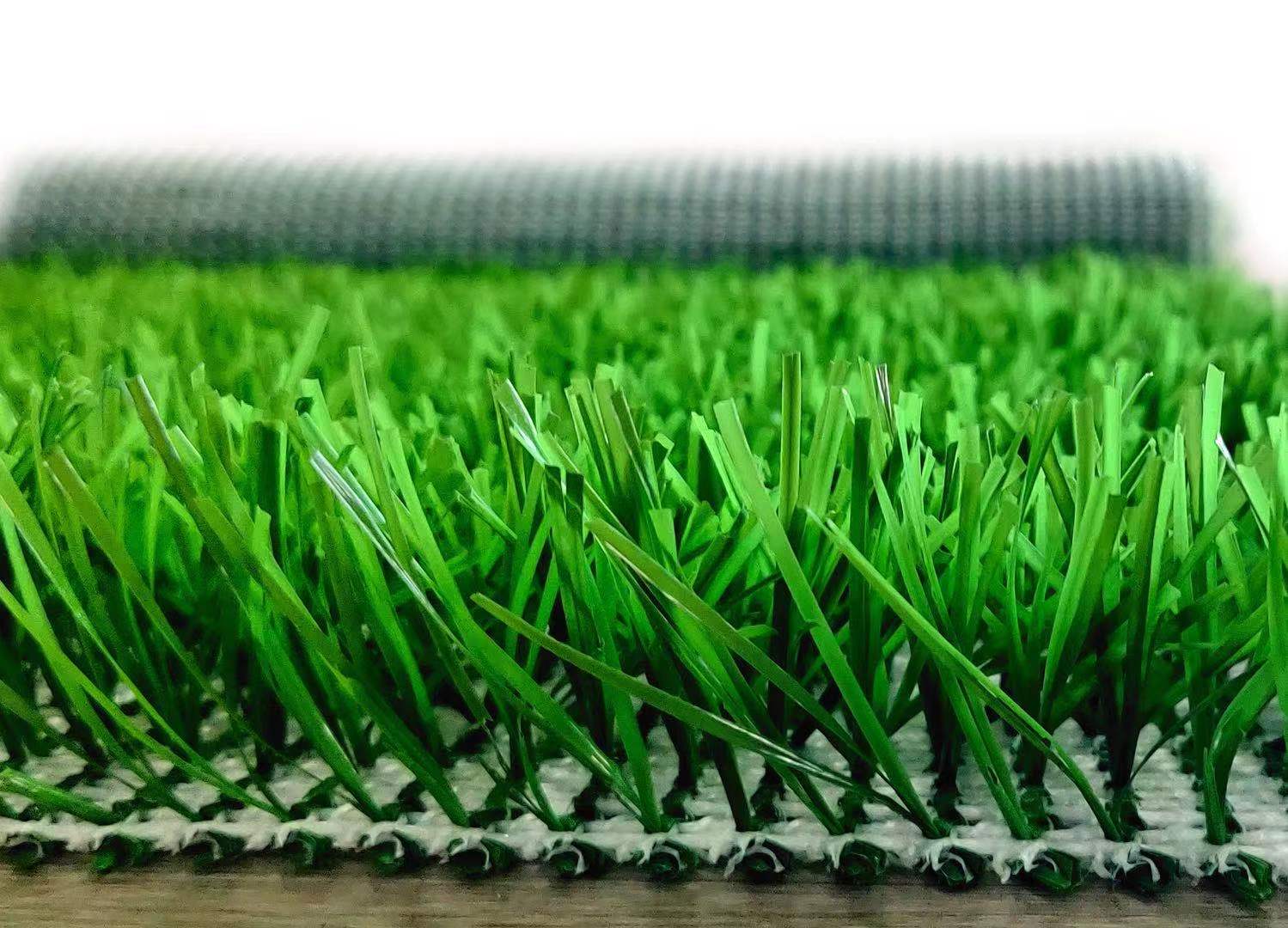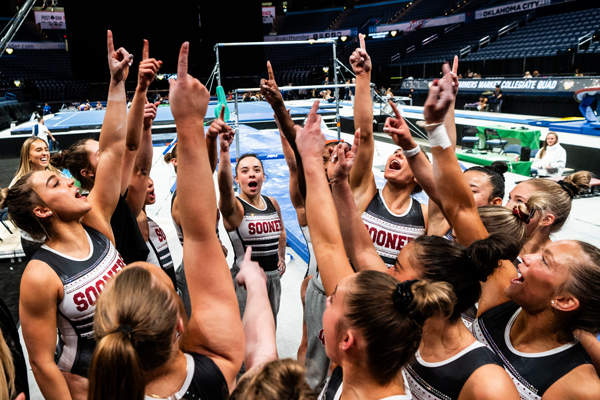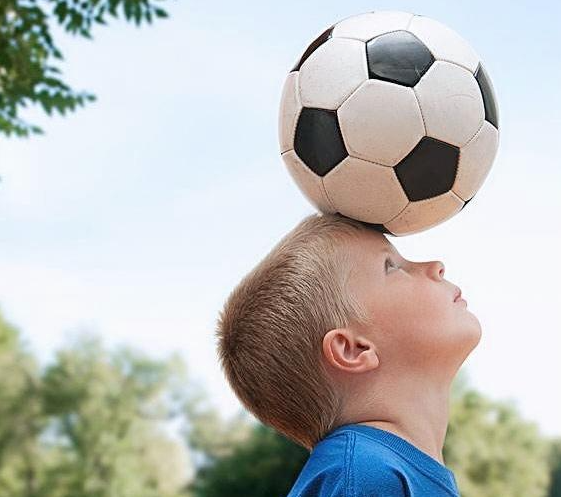Product
Basic football training for beginners
Basic Info
2. Dribbling: Touch the ball as much as possible, preferably one step at a time.
3. Stopping the ball: Pay attention to observation and movement. Observe the situation of the incoming ball, quickly determine the landing point, and move in time.
4. Shooting: It is basically the same as the arch pass, but it increases the power and improves the accuracy.
Start with physical fitness. Then practice passing. It is best to practice long passes first. This is the basic football training I copied - passing. Football games mainly rely on collective cooperation to complete offensive and defensive tasks. Therefore, collective cooperation should be the main focus, and individual tactics serve collective tactics. Passing is divided into individual offensive tactics, which shows its importance. It is the basis of collective cooperation, the main means to complete tactical cooperation and create shooting opportunities, and the most effective way to quickly approach the opponent's Goal. There are many ways to pass the ball in the game, and choosing the passing target, mastering the passing time, and controlling the passing force are important indicators of tactical awareness and passing skills.

Best Street Panna Football Cage
1. Passing target:
Generally divided into passing to the feet and passing to the empty space, but passing forward to the empty space is the main one. Too many horizontal passes and passing to the feet do not meet the requirements of speed. A single forward pass to the empty space will not receive good results, so the two must be used in combination. In the game, the front court is a risky area for the forward, so you should boldly pass forward and insert forward, while in the backcourt, you should be safe when passing.
2. Timing of passing:
There are two kinds of passing in the game: one is passing first, then running, and passing commands running; the other is running first, then passing, and letting running prompt passing. In either case, the ball must be passed in time. A little earlier or later may cause mistakes, which requires the ball-controlling player to have a correct judgment of the positions of his own team and the opponent's players. These experiences must be obtained through competitions and confrontational exercises similar to competitions.3. Power of passing:
The power of passing should be moderate, which is conducive to the receiver's handling of the ball, and it should be accurate. When passing the ball to the feet of a teammate who is being pressed by the opponent, the passing power should be smaller, and the ball should be passed to the side of the foot away from the defensive player, otherwise, it is easy to be intercepted by the opponent's players; when passing the ball to an empty space, the ball should generally be reached by the player and the ball should be reached by the player. However, when passing the ball to an empty space with a large depth, if the speed of the player who breaks through the receiving player is fast and the defensive player who fills the position is also far away, the passing power should be greater to facilitate the speed of the breaking player.

The passing player should pay attention to:
1. Try to conceal your intentions before passing the ball, such as: dribbling to the left, passing to the right.2. The passing action should be fast, concise and varied.
3. When the offensive and defensive players are concentrated on one side, the passing direction should be changed.
4. When playing on rainy days, there should be less straight and long passes when the wind is blowing, and the passing force should be smaller than usual; when the wind is blowing against you, pass more low balls with more force; when the rain is slippery, pass more to your feet; when the field is muddy, pass less ground balls.
Different game occasions have different passing methods. Continuous practice and accumulation of experience will enable the practitioner to learn to use different passing techniques in different situations. The various passing exercises introduced below will enable the practitioner to gain more experience.

1. The two pass the ball to each other with the inside of their feet.
2. The two pass the ball to each other with the outside of their feet.
3. One player passes the ball with the inside or outside of his foot, and the other player stops the ball with the sole of his foot, and then passes it back with the inside or outside of his foot.
4. One player passes the ball, and the other player stops the ball with the sole of his foot and quickly pulls it back, then uses the inside of his foot to pass the ball behind the supporting foot, and then uses the sole of the original supporting foot to pull the ball horizontally through the front of the body and pass it back.
5. One player passes the ball, and the other player uses the inside of his foot to catch the ball and stop it behind the supporting foot, and then passes it back with the other foot.
6. One player pulls the ball horizontally to the right side through the front of the body with his left foot, while moving one step to the right, repeating 3 times in a row, then passes the ball diagonally and runs back to the starting position. Another player repeats the above exercise.
Note: When changing direction to the inside or outside to handle the ball, you should prepare for the change of direction in advance, start adjusting the direction of your feet, and then change direction and move. You should learn to choose a point as a target, and consider the change of direction of the ball when passing the ball. These experiences can only be gained through practice.
When performing the following exercises, the distance between the two players is 10 meters:
7. Kick the ball to your partner with the instep, and your partner stops the ball with the outside of his foot, and stops the ball in a position where he can kick the ball directly with the instep of the stopping foot, and passes the ball back.
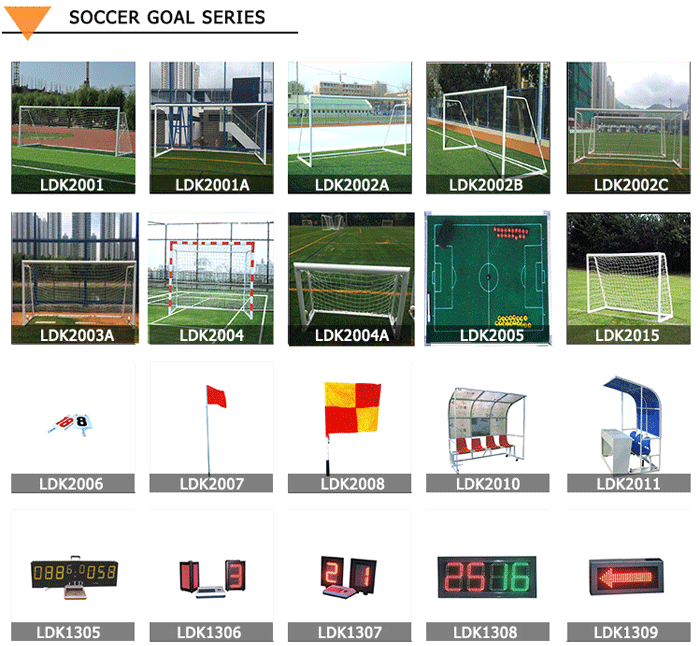
More LDK football product renderings
9. When the ball falls in front of the body, volley the ball with the instep, and the partner catches the ball and passes it back.
10. Use the inside or outside of the foot to volley the ball to increase the rotation of the ball. The exercise form is the same as above.
11. Kick the rebound ball. The exercise form is the same as 9, and the change form is the same as 10.
12. The partner throws the ball to both sides of the training player, and the training player swings his legs sideways and passes the ball directly back.
In the following exercises, the receiving player can stop the ball and then pass it back. After the technique is proficient, both sides will receive and pass it back.
13. Run in a straight line, hit the ball from top to bottom with the front of the foot, so that the passed ball rotates backwards, and the partner catches the ball with the chest and stops it, and then passes it back with the same action.
14. Run diagonally, kick the far side of the ball with the instep to make the ball spin, and your partner catches the ball with the outside of his foot at knee height, and then passes it back in the same way.
15. Run diagonally, kick the ball with the outside of his foot to make the ball spin, and your partner catches the ball with the outside of his foot, and then passes it back in the same way
More LDK football product recommendations:
Football Cage
Futsal Goals
Metal Football Goal
Aluminum Football Goal
Foldable Football Goal
Portable Football Goal
Mini Football Goal
LDK sports equipment manufacturer's promotion is in progress: Click to contact us now






